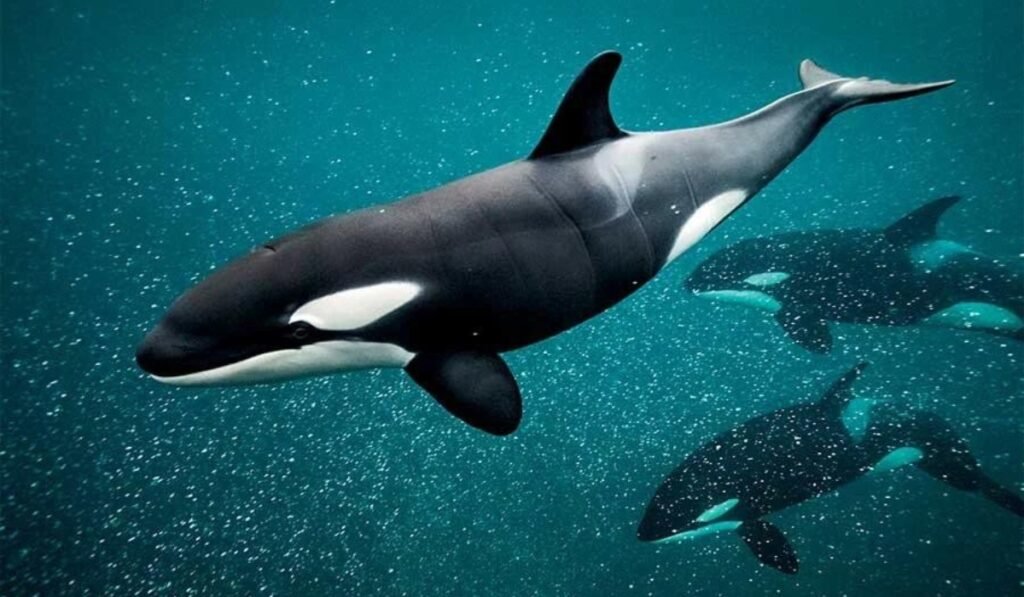The latest research findings have uncovered intriguing insights into the fascinating world of whale biology. A groundbreaking whale menopause study sheds light on the connection between whale menopause and their extended lifespan. This discovery marks a significant milestone in understanding the evolutionary adaptations of these magnificent marine mammals.
The study reveals surprising correlations between reproductive patterns and longevity. Researchers observed that female whales undergo menopause, ceasing reproduction midway through their lives. This phenomenon is unlike most other mammals and has sparked intense scientific interest. Moreover, the study suggests that menopause might confer evolutionary advantages, contributing to the overall survival of whale populations.
This crucial phase could enhance the survival prospects of offspring and facilitate social structure within whale communities. Furthermore, understanding the mechanisms behind whale menopause offers valuable insights into aging and longevity across species. As scientists delve deeper into this research, they aim to unravel the intricate relationship between reproductive strategies and lifespan in the animal kingdom.
Moreover, the study sheds light on the complex life histories of whales, particularly regarding their social dynamics and family structures. The phenomenon of whale menopause underscores the intricate balance between reproductive strategies and lifespan in these marine giants. Transitioning from reproductive to non-reproductive phases, female whales may play critical roles in supporting their offspring and maintaining social cohesion within their communities. Understanding the mechanisms behind whale menopause not only deepens our appreciation for these magnificent creatures but also provides valuable insights into aging and longevity across species. As researchers continue to unravel the mysteries of whale biology, the Whale menopause study paves the way for further exploration into the evolutionary adaptations of these iconic marine mammals.
read more
image source








